DEAN Brogan thinks he is the last of the dinosaurs.
"Two rucks? Went out when Ladey (Brendon Lade) and I retired," says the Port Adelaide 2004 AFL premiership ruck who hung up his boots in 2013.
Since Port Adelaide refitted its ruck battery during the summer - claiming a pair in Ivan Soldo from Richmond and Jordon Sweet from the Western Bulldogs to stand alongside promising young prospect Dante Visentini - it has become the weekly question at press conferences and among fans: When will Ken Hinkley try two rucks again?
"The real question," says Brogan, "is what do you do with the second ruck when he might only play in ruck for five minutes a quarter?"
Indeed, with interchange rotations cut there is more risk than benefit in changing rucks from the bench. And the era of a "resting" ruck in a pocket is long gone ...
"If you are on the field," adds Brogan, "you have to contribute (rather than rest)."
The traditional two-ruck system was probably on the path to being consigned to the growing list of Australian football themes lost in time in 2003. Sydney put Stephen Doyle on the bench during its loss to Brisbane in the preliminary final. He had 27 per cent of game time while Sydney predominantly worked Brownlow Medallist Adam Goodes against the Brisbane duo of Jamie Charman and Clark Keating. Key forward Barry Hall eased Goodes' workload, but ultimately Doyle became a costly accessory on the bench.
Strategically, tactically there is more lost with a ruck watching the majority of the game from the sidelines, waiting for his moment to step into the contest when the lead ruck is in need of a break.
The game has changed. Forwards can now be primed to defend inside their forward 50; think Jed McEntee. Defenders are now charged to initiate attacking plays; think Gavin Wanganeen. Rucks need to do more than just win hit-outs ... or sit on the interchange bench.
There always is the exception to every transformational note in Australian football. West Coast went to the 2018 AFL grand final at the MCG - and collected the flag - with Scott Lycett and Nathan Vardy combining for 29 hit-outs against Collingwood mainstay Brodie Grundy (49 hit-outs). Lycett and Vardy were both critical men for testing the Collingwood defence.
On Saturday night, Port Adelaide stayed true to its preference for one recognised ruck with Soldo (who had a career-high 54 hit-outs, 12 more than his previous best at Richmond - and just five short of the Port Adelaide AFL record held by his coach Matthew Lobbe in a loss to Geelong at Kardinia Park in 2013).
The loss of versatile forward Jeremy Finlayson through suspension primed Brownlow Medallist midfielder Ollie Wines to pinch hit in ruck when Port Adelaide wanted to spare key forward Charlie Dixon from a battering in ruck.
And it most probably would have stayed that way even if Fremantle had regained Sean Darcy to work a ruck tandem with Luke Jackson at Adelaide Oval.
Hinkley, as many other AFL coaches today, insists Sweet and Visentini will need to develop the second bow - as forwards - to earn senior selection, as field players rather than as specialist rucks.
Two rucks are now the exception to the norm. Essendon is working a tandem with Sam Draper and North Melbourne recruit Todd Goldstein. Geelong coach Chris Scott says he is "thinking about" pairing two rucks - Rhys Stanley and the novice Toby Conway.
Fremantle certainly will work both Darcy and Jackson when Darcy is clear of injury. Senior coach Justin Longmuir notes his big men are much more than rucks - Darcy will work in attack commanding the opposition's best defender and Jackson can play anywhere.
"And he can; Luke Jackson is a phenomenal player," says Brogan appreciating the importance of the versatile ruck who can influence field play.
Two rucks? The use of a pair of specialist rucks is very much a theme of the past. Today's preference is for one and the back-up from a player who is playing a significant role on the field, most probably in attack.


